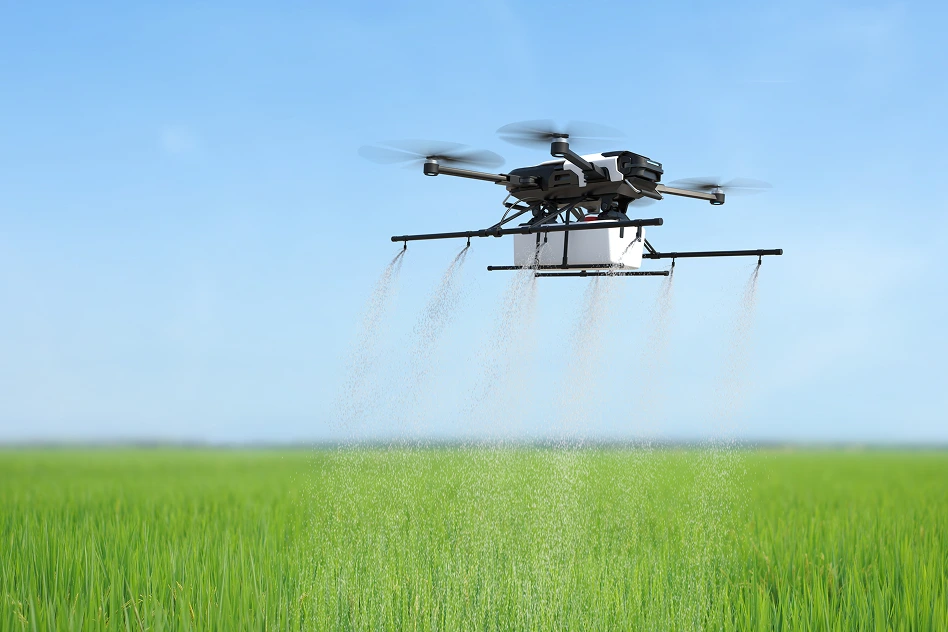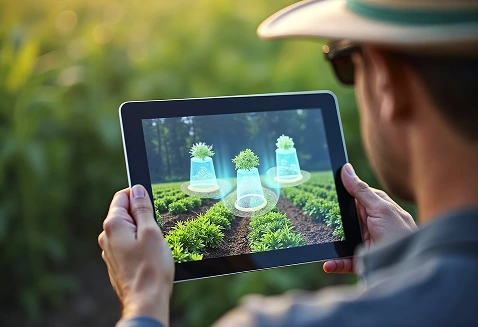IOT-Based Crop Monitoring System for Efficient Farm Management
TThe integration of the Internet of Things (IoT) within agriculture has significantly altered conventional farming techniques, delivering data-driven solutions that enhance resource management, improve crop health, and ease farm operations. Our Crop Monitoring system using Iot devices provide real-time tracking, predictive insights, and efficient automation, empowering agricultural stakeholders to make informed decisions and boost yield efficiency.
Crop Analytica has introduced a Smart Agriculture System using Iot, which merges state-of-the-art sensors, data-driven analytics, and automated irrigation management. This system empowers agribusinesses to monitor the health of their crops, optimize water consumption, and practice sustainable farming, resulting in increased productivity and reduced costs.

As pressing agricultural challenges like resource limitations, unpredictable weather, and stricter regulatory requirements continue to emerge, it is essential for agribusinesses to utilize IoT solutions for better efficiency and sustainability. Crop Analytica's Iot based Agriculture Monitoring System offers detailed insights into crop health, farm-level weather patterns, and soil conditions, supporting precision farming initiatives. This technology supports farmers and agribusinesses in boosting yield quality, minimizing manual labor, and refining overall farm management.

Understanding IoT in Modern Agriculture
An Iot based Agriculture Monitoring System employs a network of interconnected devices and sensors to gather, transmit, and analyze real-time data related to agriculture. These systems track key aspects like soil moisture, micro weather conditions, crop health, and the effectiveness of irrigation. Using IoT technology, farmers and agribusinesses can access remote monitoring of their fields, automate irrigation, and gather real-time insights, helping them to make proactive, data-informed choices.
Crop Analytica’s Vision:
Being one of the emerging Agriculture Technology Companies, Crop Analytica is at the forefront of innovation, consistently broadening its capabilities to improve efficiency, productivity, and sustainability. By leveraging IoT, the company seeks to equip agribusinesses with valuable data insights, effective resource management, and sustainable farming practices.
Scalability and Adaptability:
Crop Analytica’s crop monitoring system using Iot is tailored to keep pace with the evolving needs of agribusinesses. It can accommodate a range of scales and needs, whether for smallholder farms or large-scale agricultural operations.







